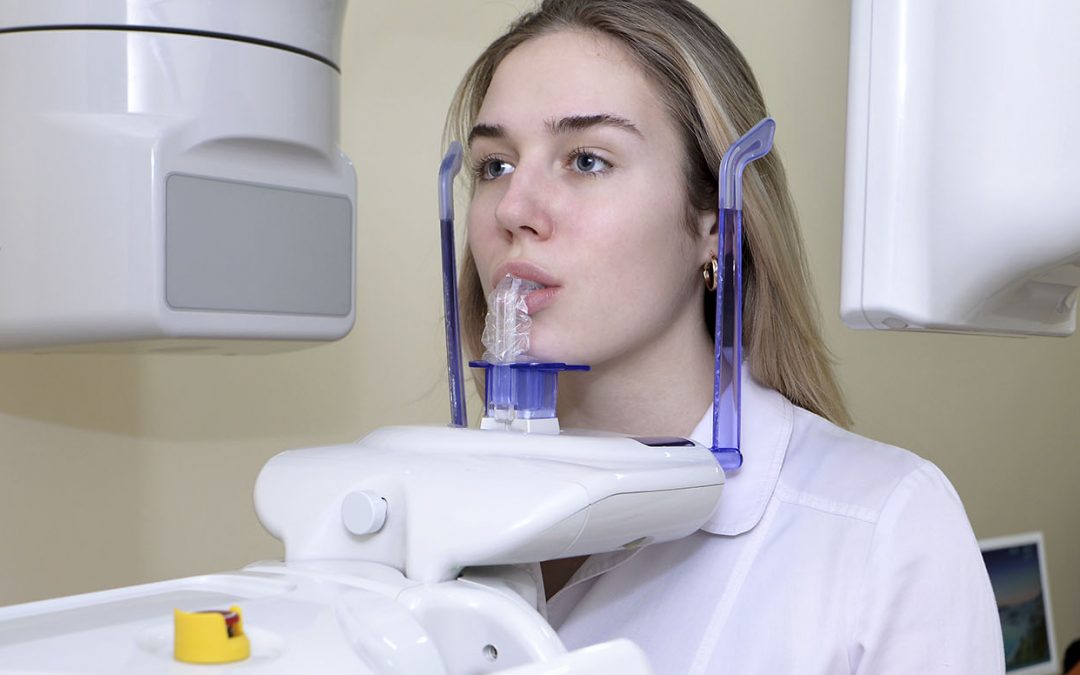ISO 9917 Glass Ionomer Cement Setting Time Testing
The ISO 9917 standard is pivotal in ensuring that glass ionomer cements meet the stringent requirements for use in dental applications. This testing procedure evaluates the setting time of these materials, which is critical for their performance and reliability within a clinical environment. The setting time determines how quickly the cement sets from a liquid to a solid state after mixing with water or another activator. Accurate measurement ensures that clinicians can use the cement effectively without compromising patient care.
The ISO 9917 test involves preparing specimens using specific dimensions and curing them under controlled conditions. The specimens are then checked at regular intervals for setting, which is defined as reaching a certain percentage of their final hardness. This process requires precise instrumentation to ensure accurate measurement. Commonly used devices include rheometers or mechanical testers capable of measuring the change in viscosity over time.
The standard outlines detailed procedures and acceptance criteria that must be adhered to. Failure to meet these standards can lead to suboptimal performance, which may result in ineffective bonding between tooth structure and restorative materials, leading to potential complications such as recurrent decay or premature failure of dental restorations.
Quality managers and compliance officers rely on this testing to ensure that the products they procure or manufacture comply with international standards. R&D engineers use ISO 9917 to refine their formulations, optimizing both setting time and mechanical properties for improved performance in dental applications.
| Applied Standards | Description |
|---|---|
| ISO 9917-2 | Procedure for determining the setting times of glass ionomer cements |
| ASTM F3568 | Standard test method for determination of setting time of dental glass-ionomer cements |
| Applied Standards | Description |
|---|---|
| ISO 9027-1 | Reference materials for the calibration of mechanical testers used in dental materials testing |
| IEC 68-1 | Environmental conditions and test methods to determine the resistance of materials and products to environmental stressors |
The benefits of adhering to this standard are manifold. Specimens prepared according to ISO 9917 ensure consistency in setting times, which is crucial for reproducibility across different batches or manufacturers. This consistency leads to more reliable and predictable outcomes in dental practice.
- Consistent setting time
- Predictable performance
- Enhanced product reliability
- Improved patient care
Failing to meet the standards can have serious implications. Incorrectly set cements may not bond effectively, leading to recurrent caries or the need for re-treatment. This not only increases healthcare costs but also diminishes patient satisfaction and trust in dental professionals.
Industry applications are wide-ranging, from small clinics performing routine restorations to large-scale manufacturers producing glass ionomer cements. Compliance with ISO 9917 ensures that all stakeholders—from raw material suppliers to end-users—are working towards the same goal: delivering safe, effective, and reliable dental products.
Applied Standards
The ISO 9917 standard is a cornerstone for ensuring the quality of glass ionomer cements used in dentistry. It specifies procedures to determine setting times, which are critical for the material's performance and reliability. Here’s an overview of some key standards:
| Applied Standards | Description |
|---|---|
| ISO 9917-2 | Procedure for determining the setting times of glass ionomer cements |
| ASTM F3568 | Standard test method for determination of setting time of dental glass-ionomer cements |
| ISO 9027-1 | Reference materials for the calibration of mechanical testers used in dental materials testing |
| IEC 68-1 | Environmental conditions and test methods to determine the resistance of materials and products to environmental stressors |
Benefits
- Consistent setting time
- Predictable performance
- Enhanced product reliability
- Improved patient care





